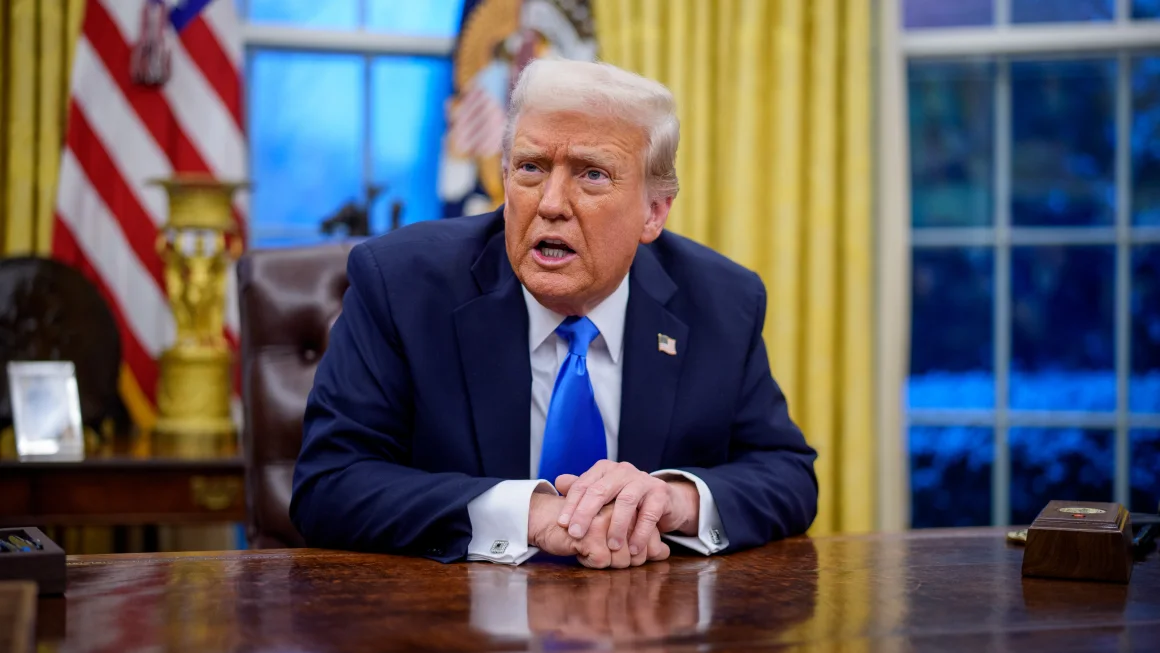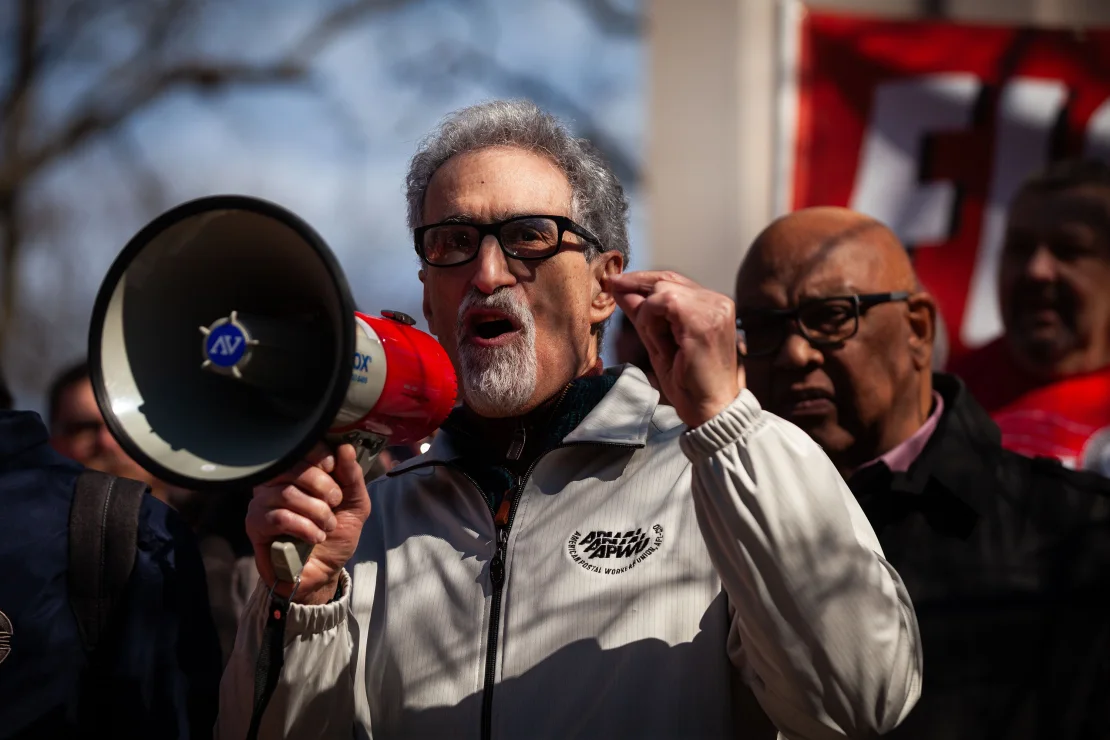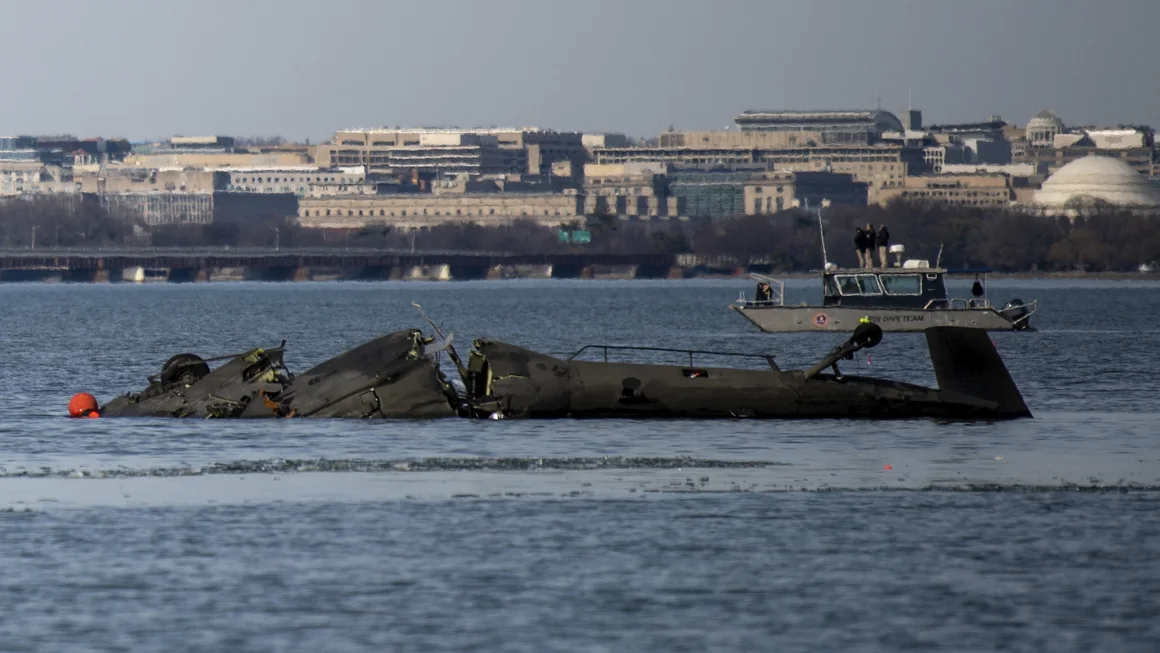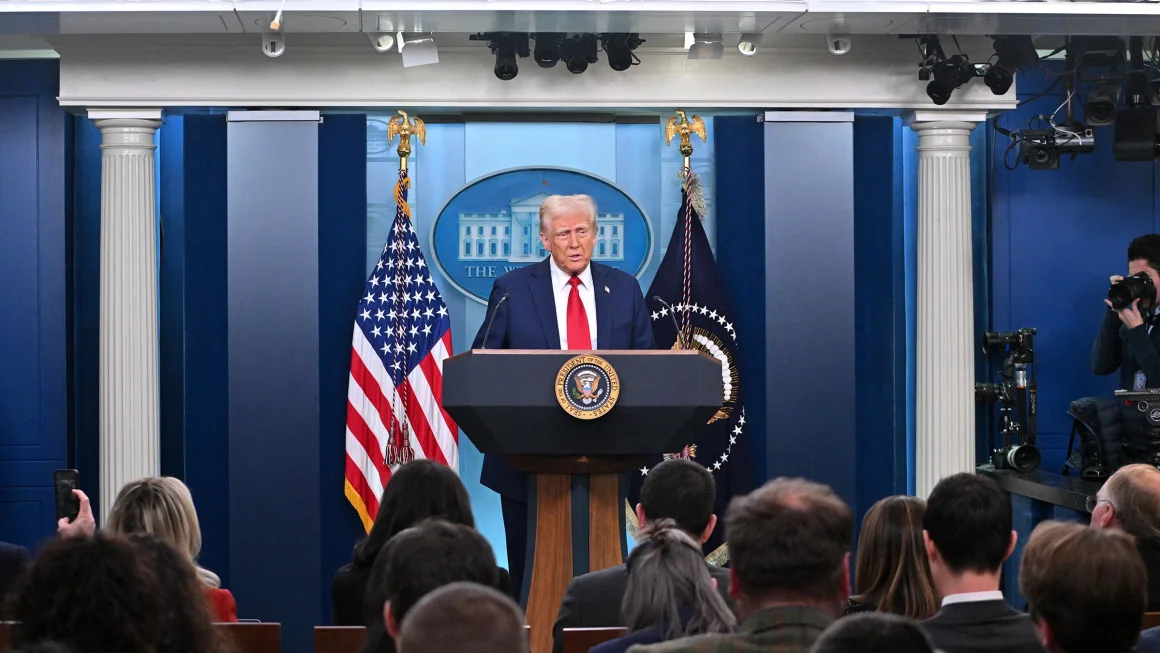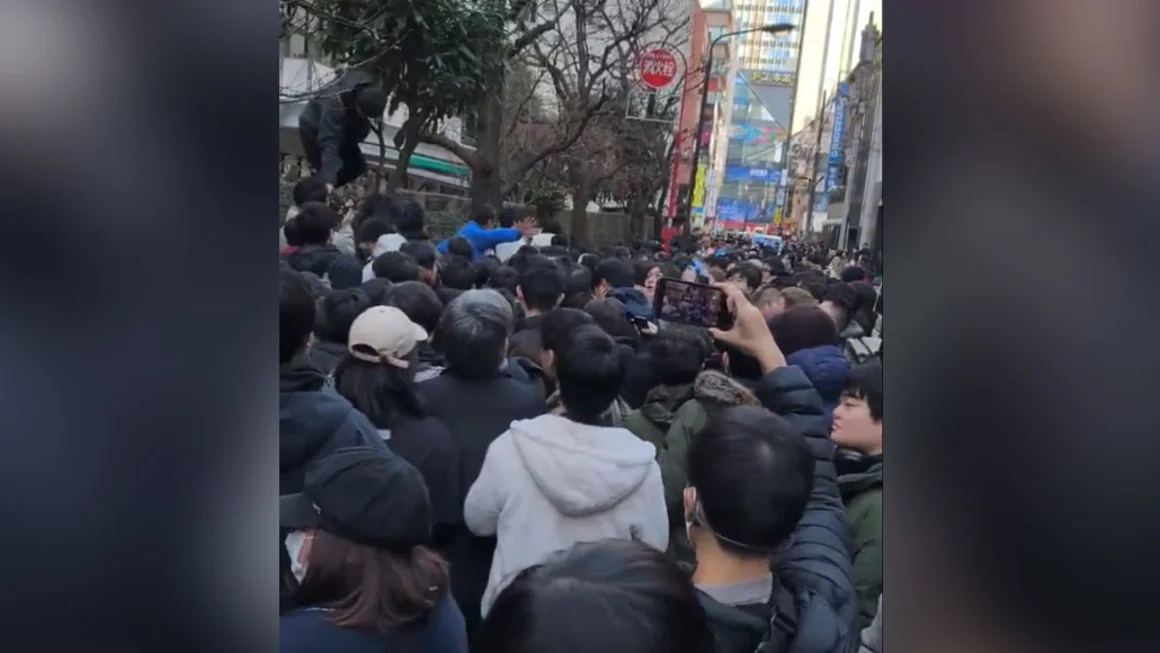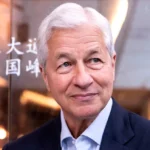The U.S. Naval base at Guantanamo Bay, long associated with human rights concerns, may soon play a central role in former President Donald Trump’s immigration policy. The facility, historically used to detain foreign terror suspects and intercepted migrants, could now serve as a large-scale detention center as Trump intensifies border enforcement.
Trump has directed the Departments of Defense and Homeland Security to prepare a facility capable of housing up to 30,000 migrants. While its feasibility remains uncertain, the move aligns with his administration’s tough stance on immigration, aiming to deter illegal crossings and reaffirm his campaign pledges.
The base, previously used to detain Haitian and Cuban migrants before they reached U.S. soil, has faced longstanding criticism over its conditions and access to due process. Despite these concerns, even the Biden administration considered using it last year to process Haitian migrants.
Symbolism and Legal Concerns
Guantanamo’s association with military detention raises alarms among human rights groups. Critics argue that detaining migrants there risks further stigmatization and echoes past human rights violations. Vince Warren, director of the Center for Constitutional Rights, condemned the plan, calling it a continuation of past policies that have exploited Guantanamo’s legal gray area.
Meanwhile, Trump’s border security team, led by Homeland Security Secretary Kristi Noem, has emphasized a no-nonsense approach. Noem suggested the facility may house “the worst of the worst” undocumented migrants, a statement that has sparked concerns over due process and civil rights.
Political and Humanitarian Backlash
Trump’s announcement coincided with the signing of the Laken Riley Act, a law mandating the detention of undocumented migrants charged with specific crimes. His rhetoric surrounding Guantanamo detention—emphasizing its toughness—resonates with his political base but raises humanitarian concerns.
The use of Guantanamo Bay for immigration enforcement also revives tensions between the U.S. and Cuba. Cuban President Miguel Díaz-Canel condemned the plan, denouncing it as an act of brutality on occupied Cuban territory.
With questions surrounding funding and feasibility, Trump’s immigration crackdown faces logistical and legal challenges. As the administration pushes forward, critics warn that the use of Guantanamo Bay could deepen ethical and diplomatic tensions while reviving a dark chapter in U.S. history.


